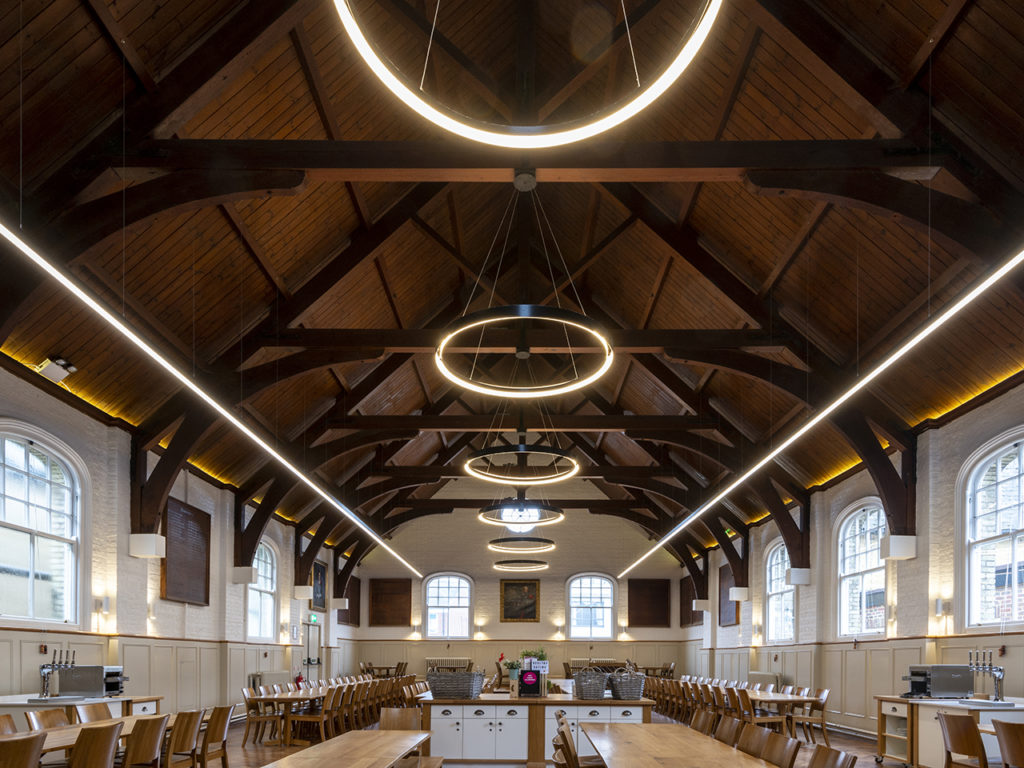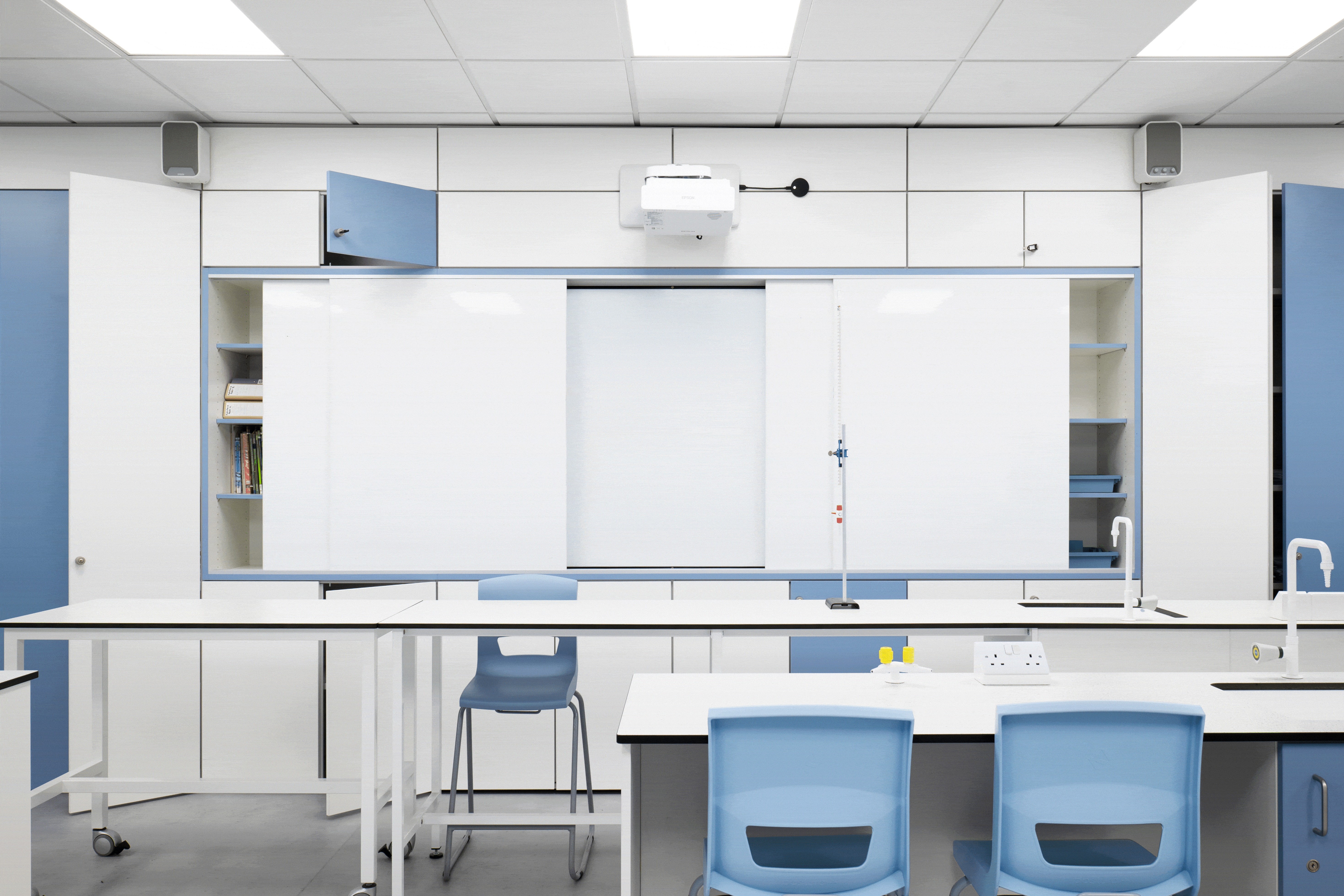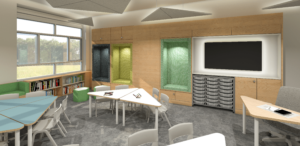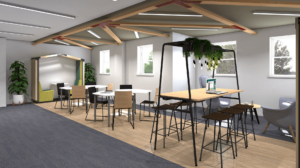Lighting is one of the most important features of dining hall design. It can make all the difference to the overall dining experience. Take a look at the way your dining hall is lit – is there a lot of natural light, or are there areas that fall outside the direct sunlight coming in the windows.
Are there any areas where diners may have to strain to see what they are eating. If you are limited on the number of windows, how does your artificial lighting function?
It is important to make maximum use of natural daylight, as recent studies have shown, as well as being more energy efficient, that daylight has a positive impact on students’ results and physical wellbeing1Follow these tips to create a well-lit dining space:
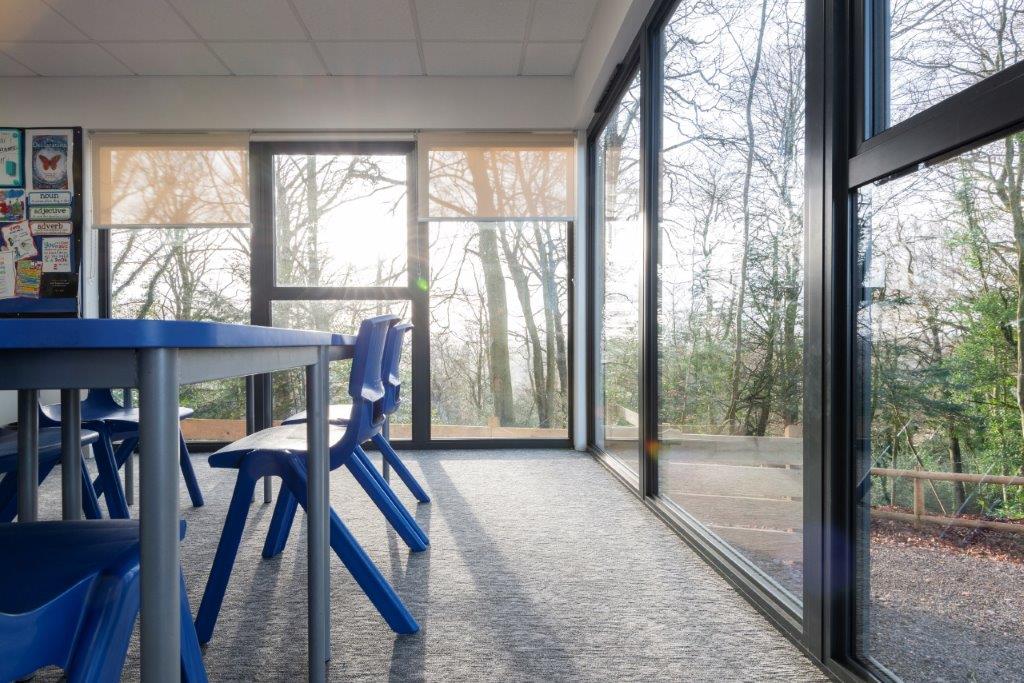
Use daylight where possible.
For artificial lighting, choose LED systems, as these are more energy efficient and also give off a better light
Consider adding pendant lights over tables or bar seating, as this helps create a more informal atmosphere.
If you are using your space for other activities, such as parent functions, make sure that you consider the lighting requirements at different times of the day – i.e. evenings, early mornings or late afternoon. Will you need mood lighting or black-out blinds for any activities?
Choose lighter colours for the decor to reflect the light that is in the room.
Maximise the use of daylight. If you only have small windows, consider making them larger, or if budget permits, implement a window wall.
As well as maximising the amount of light in your dining space, it is also wise to pay attention to any glare that direct sunlight might add to your space. Check where the sunlight falls at relevant times of the day. If sunlight is too bright, consider blinds or applying a window film.
